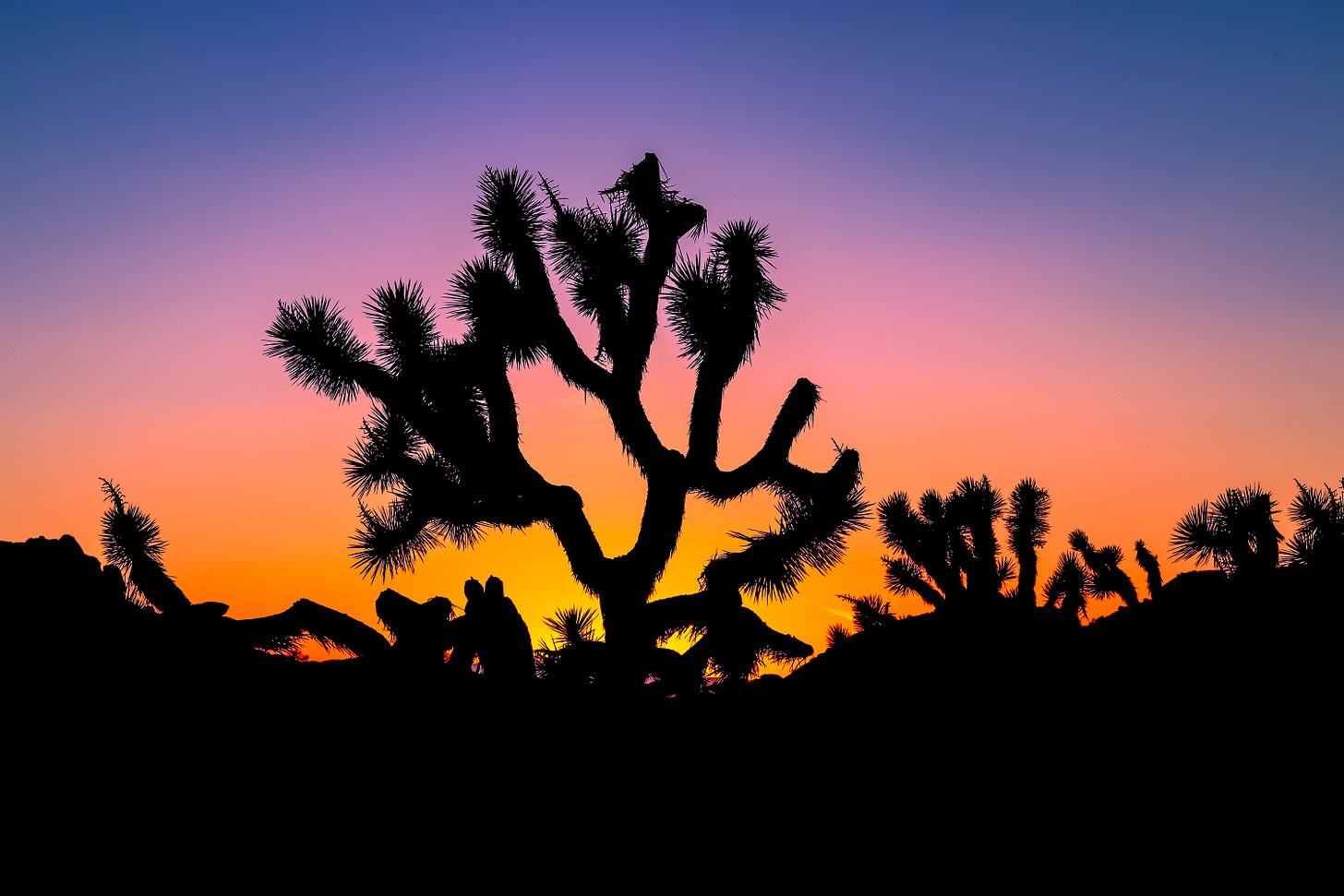
November is a month of quiet brilliance in the desert sky. As temperatures drop, the air becomes crisp and clear, perfect conditions for stargazing. This month offers ideal viewing for one of the year’s best meteor showers, excellent views of Saturn and Jupiter, and a striking view of the Milky Way’s Perseus Arm.
The Milky Way’s Autumn Fade
You can still spot the Milky Way after sunset even though the Sagittarius Arm, home to the galaxy’s core, has set by nightfall. Look to the east and northeast to catch a view of the Perseus Arm, a more subtle but still dazzling section of our home. It stretches like a soft brushstroke across the sky, especially vivid in dark desert skies. Plan for early evening if you want to catch it.
Jupiter and Saturn: Giants on Display
Saturn continues to shine in the southern sky just after sunset. Its golden glow is easy to spot, and it remains visible for most of the evening. Saturn remains the best planetary view early in the night this month in the High Desert.
Jupiter, the king of the planets, is slowly taking the stage. It rises just after 11 pm at the start of November, shifting to just after 10 pm by month’s end. Through binoculars, you can catch glimpses of its four largest moons: Io, Europa, Ganymede, and Callisto. It’s one of the most rewarding objects to view, even with minimal gear.
Meteor Highlight: The Leonids
The Leonid meteor shower peaks the night of November 17 into the early hours of November 18, and the timing couldn’t be better. A New Moon on November 20 means dark skies and excellent conditions. You might spot 15–20 meteors per hour, and Leonids are known for their fast, bright streaks.
For the best experience, find a wide open spot and lie back with a blanket. Look generally toward the east after midnight, but meteors can appear anywhere in the sky. Bring warm layers, a hot drink in a thermos, and give your eyes time to adjust to the dark.
Binocular & Deep-Sky Delights
Even as the Milky Way fades, fall and early winter bring brilliant star clusters and galaxies into view:
Andromeda Galaxy (M31): Still high in the sky this month. You may spot it as a faint smudge with the naked eye. Binoculars will bring out its shape; it’s a soft, hazy beauty.
The Pleiades (M45): Now rising high by late evening, this open cluster in Taurus is one of the most iconic sights in the fall sky.
The Hyades: Another bright cluster in Taurus, forming the V-shaped face of the bull and surrounding the bright star Aldebaran.
The Double Cluster in Perseus: A stunning pair of open clusters, still prominent in binoculars and best viewed from a dark site like Joshua Tree National Park.
Stargazing Tips for November
Time it right: The first week of November features a bright Full Moon (November 5), so deep-sky viewing improves mid-month and beyond.
Dress warmly: Desert nights can get cold. Layers are essential.
Go early for the Milky Way, and stay late for Jupiter and the Leonids.
Let your eyes adjust: You’ll see more after 20–30 minutes in the dark without screens or bright lights.
Caitlin Gill is co-owner and Astronomy Guide for Joshua Tree Astronomy Adventures.
We welcome your comments! Please note that we do not allow anonymous comments. Please be sure your first and last name is on your profile prior to commenting. Anonymous comments will be deleted.
Feel free to share this article!
We are $115 away from $7000 in paid subscriptions! Who’s going to take us over $7,000? Upgrade to a paid subscription for just $5 per month or $50 per year.
Would you care to donate more than $100? Our Paypal account is up and running!


I live in Joshua Tree. I study the amazing night sky with a couple apps. You just clarified and confirmed what I believe I have been seeing. Thank you!